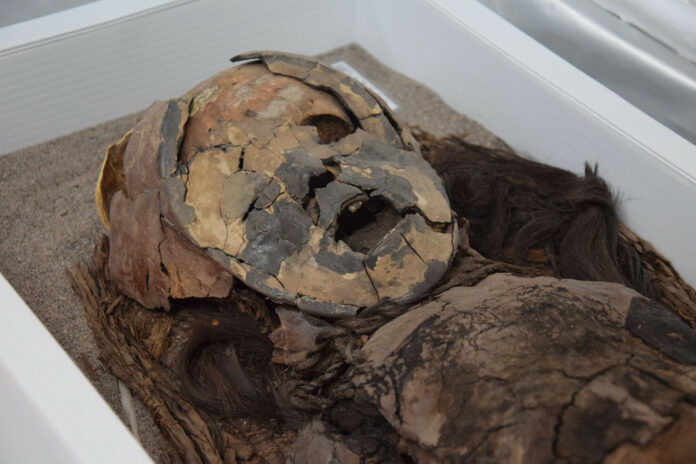UNESCO Recognizes the Exceptional Value of Chinchorro Culture
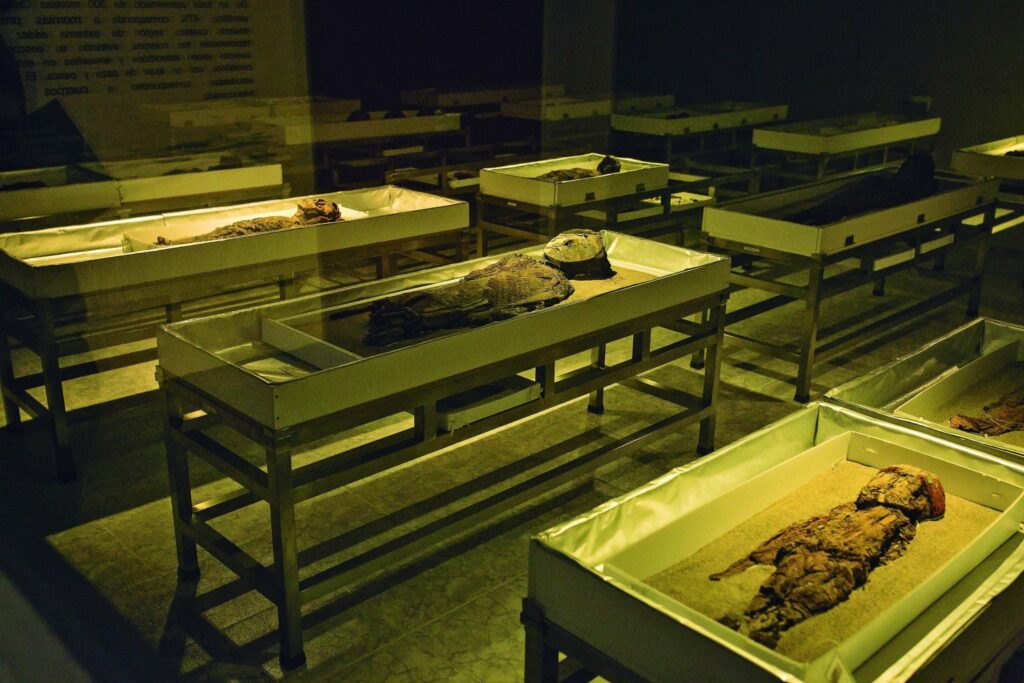
In a momentous decision, the United Nations Educational, Scientific and Cultural Organization (UNESCO) announced the inclusion of the “settlement and artificial mummification of the Chinchorro culture” on the prestigious World Heritage List. This recognition validates the global importance of these ancient practices, dating back over 7,000 years, predating the famous Egyptian mummies by around 2,000 years.
The Chinchorro: A Sophisticated Coastal Culture
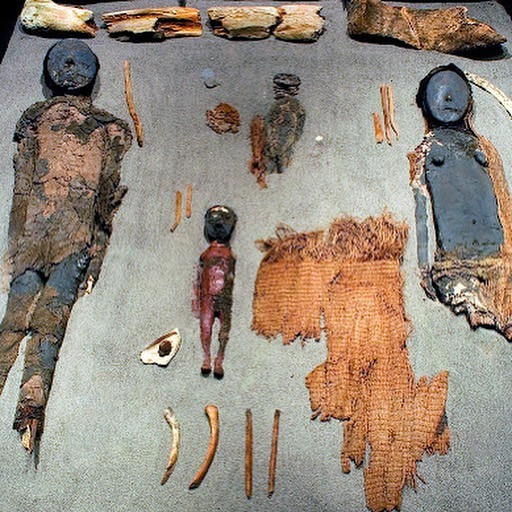
The Chinchorro were fisher-hunter-gatherers who resided along the arid northern coast of the Atacama Desert in present-day southern Peru and northern Chile from approximately 5450 BC to 890 BC. Their settlements and cemeteries, including the sites of Faldeo Norte del Morro de Arica, Colón 10, and Desembocadura de Camarones, bear testimony to an advanced culture that intensively exploited marine resources.
Analysis of bone chemistry and discarded shell piles suggest that seafood accounted for 90% of the Chinchorro’s diet. They possessed tools made of mineral and plant materials, as well as simple instruments crafted from bone and shells, enabling their thriving coastal existence.
The Enigma of Artificial Mummification
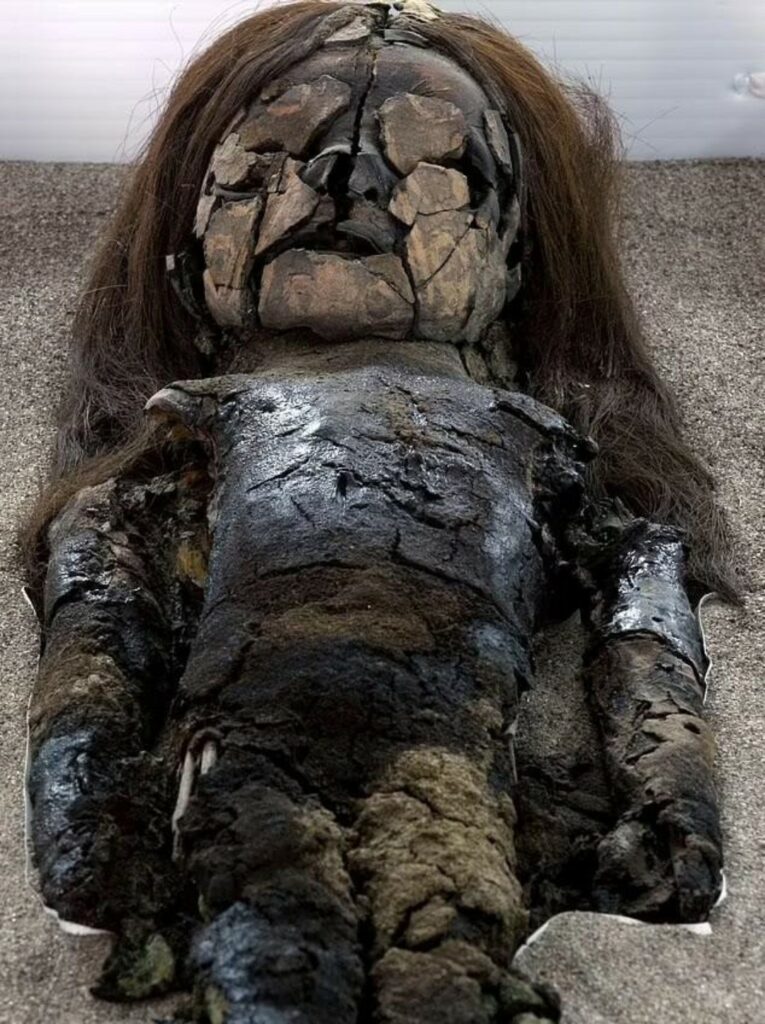
The Chinchorro mummies represent the oldest known archaeological evidence of purposeful human mummification. Unlike the Egyptians, who reserved mummification for royalty, the Chinchorro systematically dismembered and reassembled the bodies of deceased men, women, and children across the social spectrum.
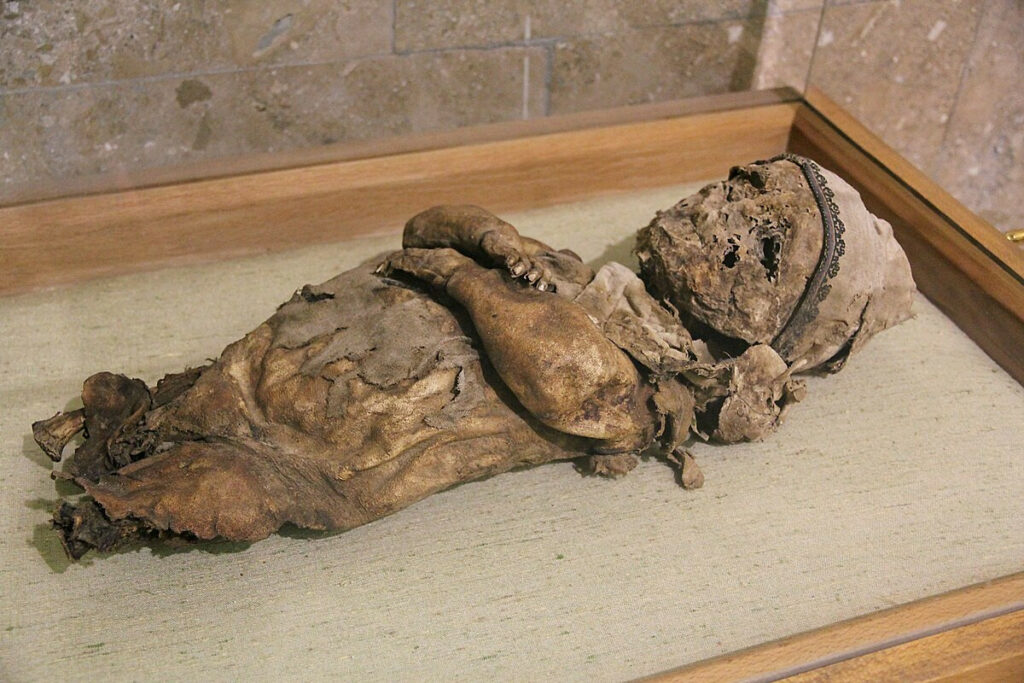
The mummification process involved removing organs, intestines, and tissues, followed by skinning and reassembling the corpse using sticks and animal hair. The bodies were then painted red or black, often with intricate hairstyles sewn onto the scalps.
A Poignant Legacy of Grief and Reverence
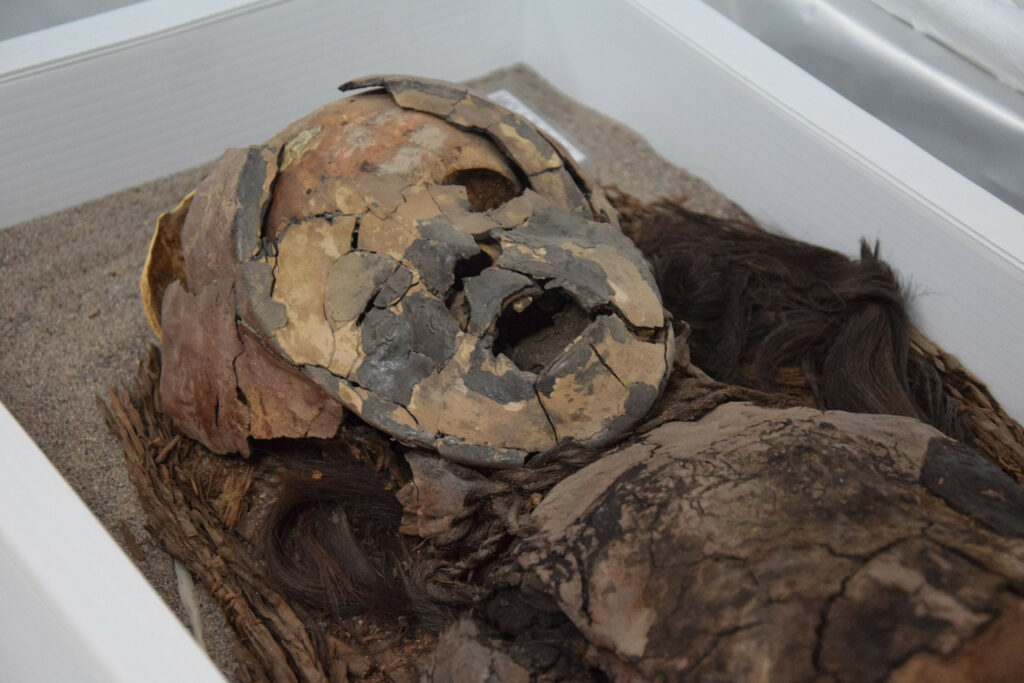
Experts speculate that mummification was an emotional response from parents grieving the painful loss of infants, as children and babies seemed to receive the most elaborate treatments. The mummies possess sculptural and aesthetic qualities, reflecting the fundamental role of the dead in Chinchorro society.
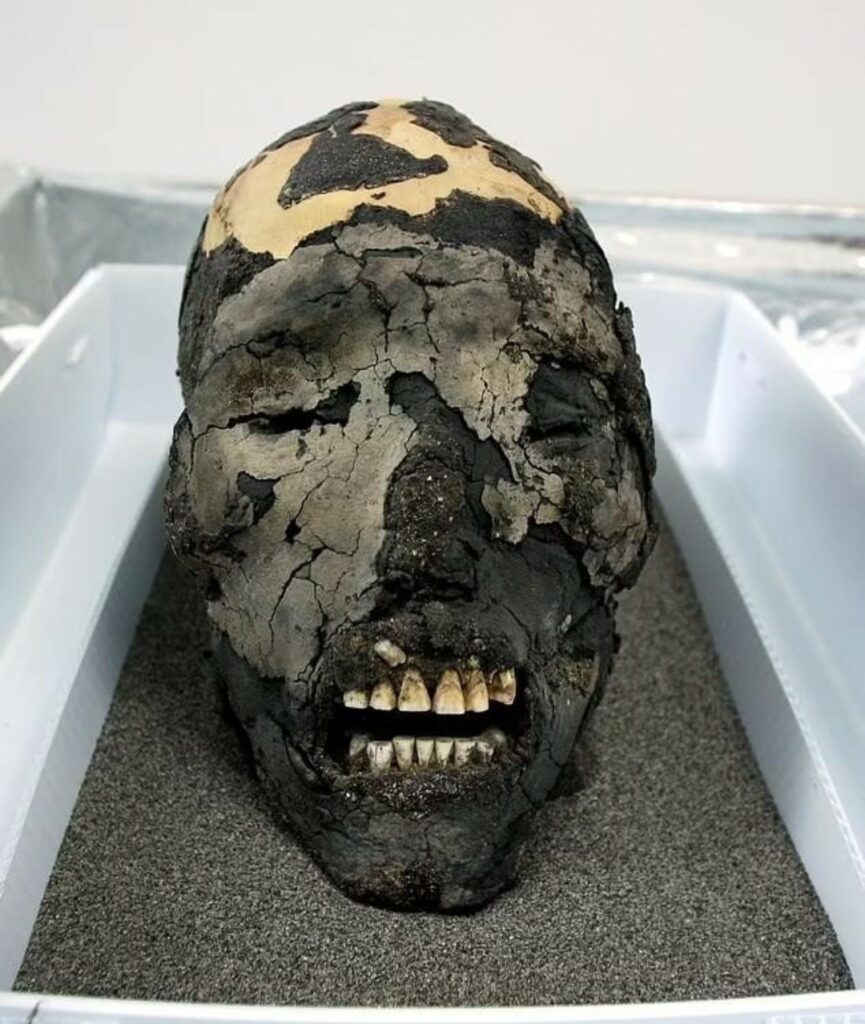
While the precise purpose of mummification in Chinchorro cosmology remains elusive, theories suggest it was a way to prevent corpses from frightening the living or a means for families to honor and grieve their deceased loved ones.
A Lasting Testament to Human Ingenuity

The inclusion of the Chinchorro mummies on the World Heritage List serves as a powerful testament to the ingenuity and cultural significance of these ancient people. As we unravel the mysteries surrounding their practices, we gain a deeper appreciation for the rich tapestry of human heritage and the enduring legacy of those who came before us.
